Media | Articles
Welcome to the Indy 500 … of snowmobile racing
There are three things you need to know about Michigan’s Upper Peninsula before we begin:
3
The frenzied pace of metro Detroit feels like another world. Life slows down up there, and the locals make their own entertainment.
2
There’s snow. A lot of it. Six months of winter equates to about 25 feet of the stuff, so the locals, they make their own entertainment.
1 …
… lap to go.
*
Marketplace
Buy and sell classics with confidence
A high-speed procession of snowmobiles stormed past a fluttering white flag. Out front, a pair of Polaris sleds led the pack. Ross Erdman on the purple machine held a narrow lead over Joey Burch, who was catching a face-full of snow from the leader’s wake.
Undaunted, Burch charged toward Erdman as the duo rounded the first set of turns on the one-mile snow-covered oval. Pouring onto the oval’s backstretch, Burch caught a strip of ice. His snow-track studs met the shiny stuff and shot the second-place rider forward. He was now side-by-side with Erdman, and the two were practically rubbing shoulders as they careened down the dimly lit straight at over 100 miles per hour.
In turn three, Burch passed Erdman on the inside, pitching his sled sideways to slow his charge. Burch’s momentum carried him into the turn’s outer snow bank, which opened the door for Erdman to pull even on the outside.
Burch, now off-line, was deep in the fluff. He kept on the throttle, though, and launched his sled airborne, showing the bottom of his skis to the thousands of fans who lined the track. Despite the dramatics, Burch was still dead even with Erdman just a few hundred yards from the finish line.

Welcome to the Indy 500 of snowmobile racing. Who wanted it more?
The two crashed into one another as Burch steered left. More contact. This time Erdman turned into Burch, clocking his rival so hard that he went up on one ski. Neither rider slowed, neither gave an inch, and the two remained locked together as they skittered across the line, a photo finish for the ages.
After more than nine hours, the I-500 snowmobile race was decided by .0001 seconds. Burch was declared victorious. (His win came 17 years after his father suffered a heart attack while competing in the race.) Fans who braved frigid temps and persistent snowstorms were rewarded with a thrilling climax to the 500-lap contest—the closest finish in the race’s 54-year history.
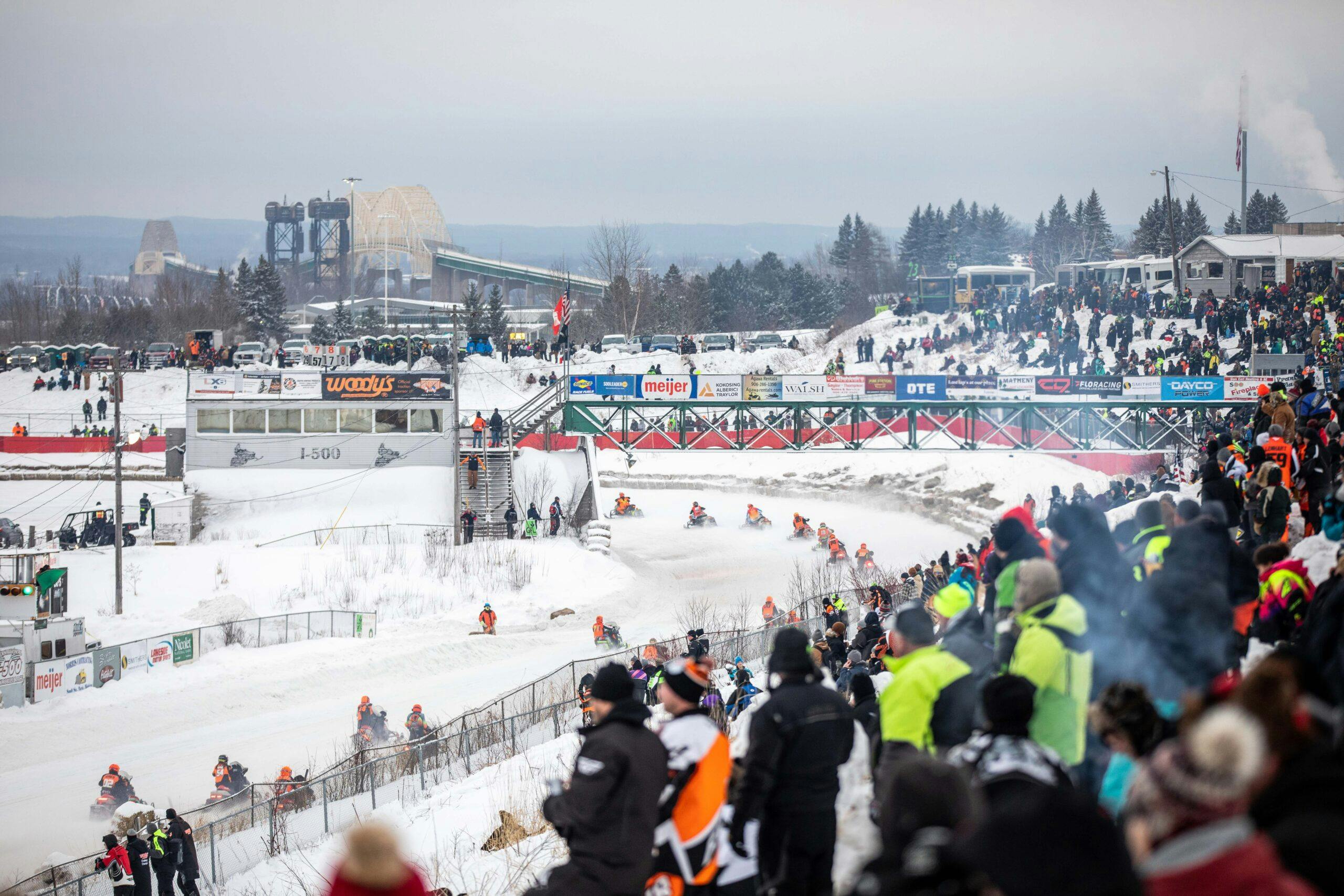
“It all started with a handful of guys sitting at a restaurant,” says I-500 chairman Ric Federau. According to its snow-covered lore, the idea for a long-distance snowmobile race in Sault Ste. Marie was first synthesized in 1968 when a group of dining friends spotted a new Camaro Indy 500 Pace Car across the street in a dealership lot. The car sparked a debate whether a snowmobile could make it 500 miles. Back then, the sleds were more go-kart, or riding lawnmower, than race vehicle. Completing a 500-mile enduro would be quite the feat.
The discussion made it out of the restaurant. First order of business: Find a proper location to hold their “Indy 500 for snowmobiles.” Across town, less than a mile from the Canadian border, sat an old World War II ammunition bunker. The storage facility, like the town’s Raco Army Airfield, was a remnant of WWII-era military fortification. The property was owned by the city and had gone unused for years. Even better, the plot of land was a swamp, and all of the Soo’s water drained into the low field—the perfect canvas for an oval ice track.
The group employed an engineer to design a mile-long circuit, and the U.S. Army Corps and the National Guard were brought in to destroy two of the three concrete ammunition bunkers on the property. (The third still exists today.) Repurposed motel cabins were brought onsite for race control, and an old section of the Soo Locks was fashioned into a metal crossover bridge.
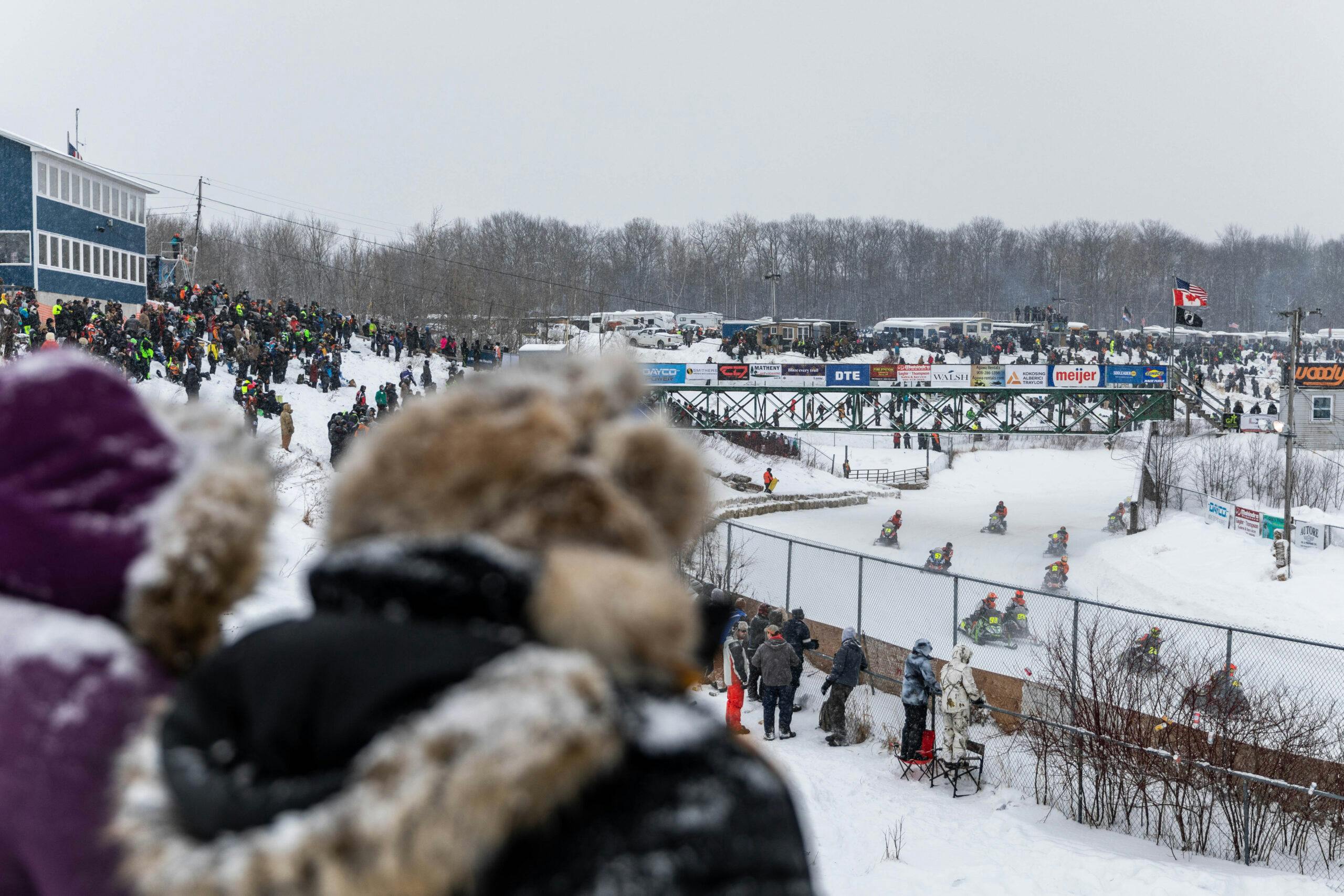
Work continued throughout 1968, and by the winter of ’69 the track was ready. Snowmobile racers converged for time trials that January.
On February 8, 1969, 47 snow machines lined up for the first annual I-500. According to historian John Kenn, the Mackinaw Bridge (the bridge between Michigan’s two peninsulas) lowered its fair from $3.50 to $1.50 to support the race. Thousands of fans flocked to watch the novel contest fire off at 10 a.m.
After more than 13 hours, Dan Planck crossed the finish line first on his Ski Doo, and the original question posed by the dining friends had been answered: A snowmobile can make it 500 miles.
Since that first race in 1969, the I-500 has grown into a week-long party with numerous ancillary events. The population of the Soo temporarily spikes, delivering a boost in tourism dollars during a time that otherwise would be slower than sap. Michigan’s former governor, Rick Snyder, recently proclaimed the race as “Michigan’s premier winter sporting event.”
“The I-500 has weathered every kind of bad economic situation that the state has endured,” says Federau. No doubt the race’s persevering strength is bolstered by its volunteer workforce. “There’s not another professional race in the world that is totally operated by volunteers,” he says.
Although the community mindset hasn’t changed since the race’s early days, other components, like the track, the machines, and the riders have evolved quite a bit. Purpose-built race sleds replace the hopped-up stock machines that populated the grid back in the day. The Ski Doos, Artic Cats, and Polaris sleds are much faster. Heavier, too. Riders have to be in tip top shape, and the pace is so grueling that multiple racers swap stints behind the handlebars. “They’re doing 125 mph, alongside 38 other riders, with nothing but Kevlar on their back, split seconds apart in a cloud of spray,” says Federau.
To keep up with the breakneck pace, the I-500’s officiating has grown from a guy in the back of his pickup bed with a stopwatch to a full-fledge crew. Timing and scoring officials are hired through NASCAR and are flown up from Atlanta. “The day after our race, the guys who do our timing are on a jet to the Daytona 500 with all the transponders,” Federau says.
Team infrastructure, too, has swelled. Each individual race team now has about a dozen crew members. Some of the race engineers and crew chiefs stare at computer screens the whole race and don’t even leave their heated trailers in the infield.
Just like the Indy 500, pit stops are routine. In additional to fueling during the stops, teams may swap riders, swap skis, and perform engine or clutch maintenance. A good stop is about 22 seconds, and most of the time they take place during the plow breaks that occur every 100 laps.
The lapse in action is necessary for track conditions. Unlike the early days, which featured a snow-covered course, the one-mile oval is now primarily ice, which avoids the friction of snow and makes for a faster lap. Nearly 2 million gallons of water are dumped from tanker trailers to build out the course.
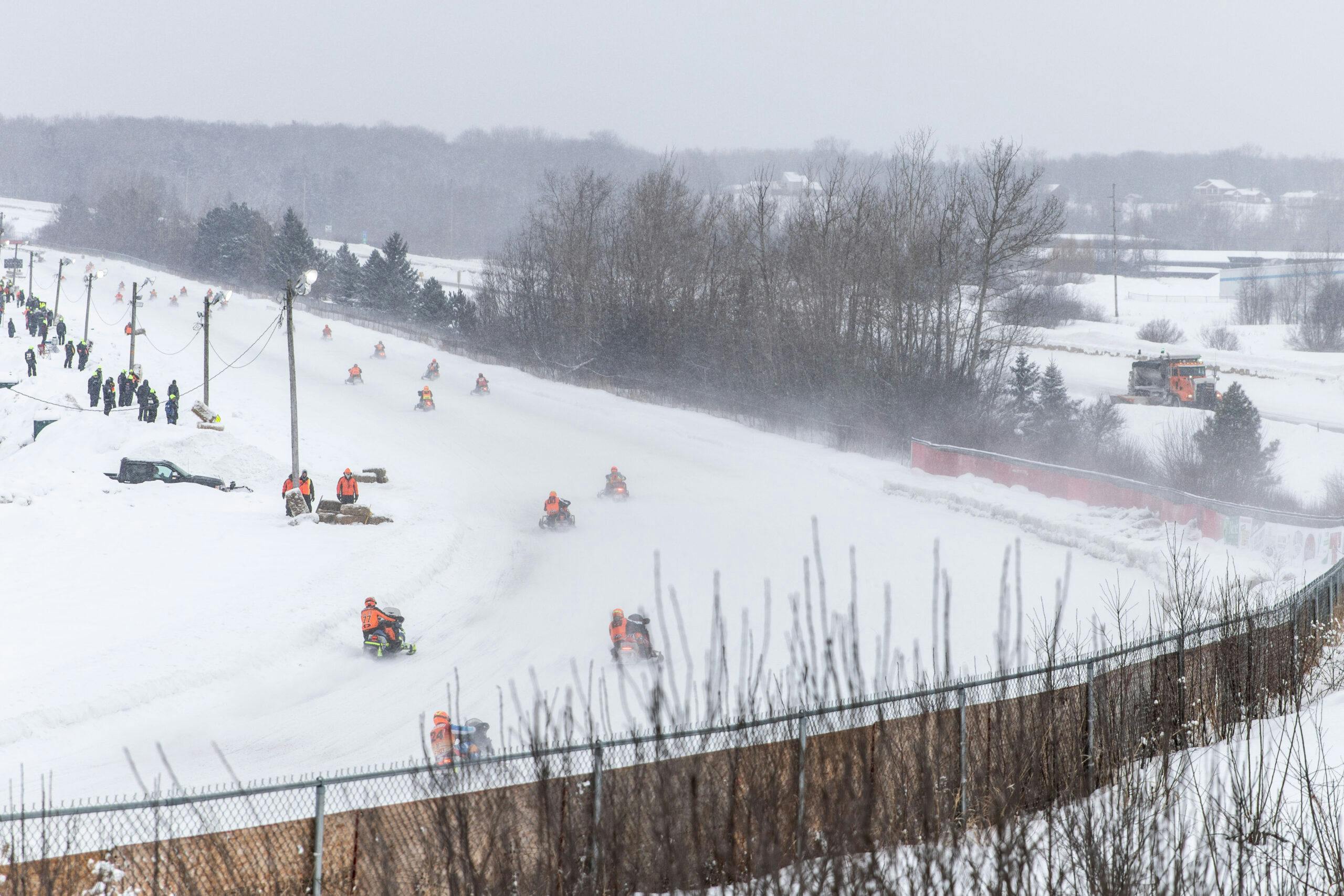
Melting isn’t an issue (unless the town is met with an unseasonably warm winter), but the track crew is presented with a different problem: The snowmobiles’ aggressive metal studs wreak havoc. In the same way that race car drivers search for grip on a paved course, riders are looking for patches of ice to sink their studs. The sharp bits grind away at the surface, throwing loose ice dust all over the course. Plow trucks are essential.
With a race that can last more than nine hours in often sub-freezing temperatures, the 100-lap breaks are also a good time for fans to catch a breath. But not everyone is there to watch. Some spectators are simply attending a party that happens to have a snowmobile race in the background. Drinking is optional. Bundling is a must. Knee-length puffy jackets, animal fur, and wool-lined everything are trackside couture. Listen closely and you’ll hear the swishing of nylon and polyester layers in symphony with the muffled claps of gloved hands.
In addition to warm clothing, most partiers have a heated home base. This could be a motorhome, an enclosed trailer, or even a school bus. Spectators park their rigs in a lot above the track. The lucky ones are backed up to the track’s front stretch perimeter for optimal spectating.
One long-time fan transformed a Better Made Potato Chip trailer into a rolling kitchen with a big-screen TV and dining benches. Smells of sweet smoke and beef rolled out of the trailer, which was outfitted with carpeting sourced from the local casino and a commercial flat-top grill.
Fans walk in and out of the temporary abodes. Some watch on snowbanks, others stand around campfires, others take shots of brown party liquor from carved ice luges. It’s a scene. Ten thousand people in snow pants, yet the only ones in a hurry are out on the track.
***
Check out the Hagerty Media homepage so you don’t miss a single story, or better yet, bookmark it. To get our best stories delivered right to your inbox, subscribe to our newsletters.

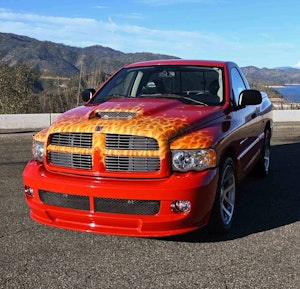
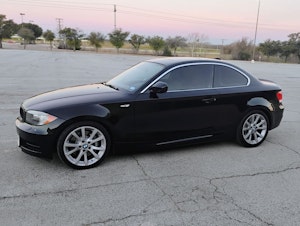
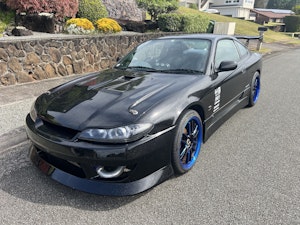
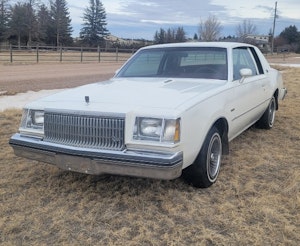
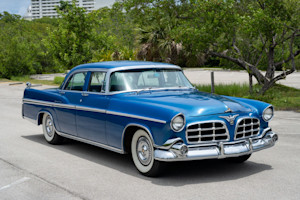
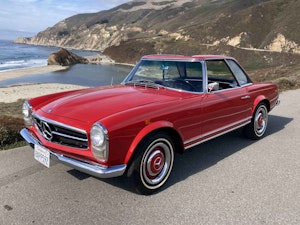
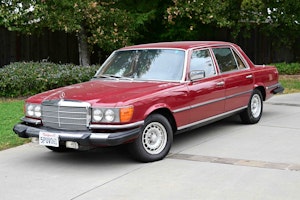
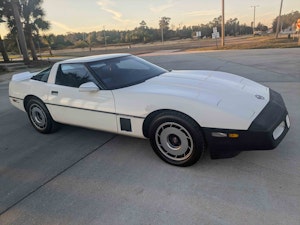

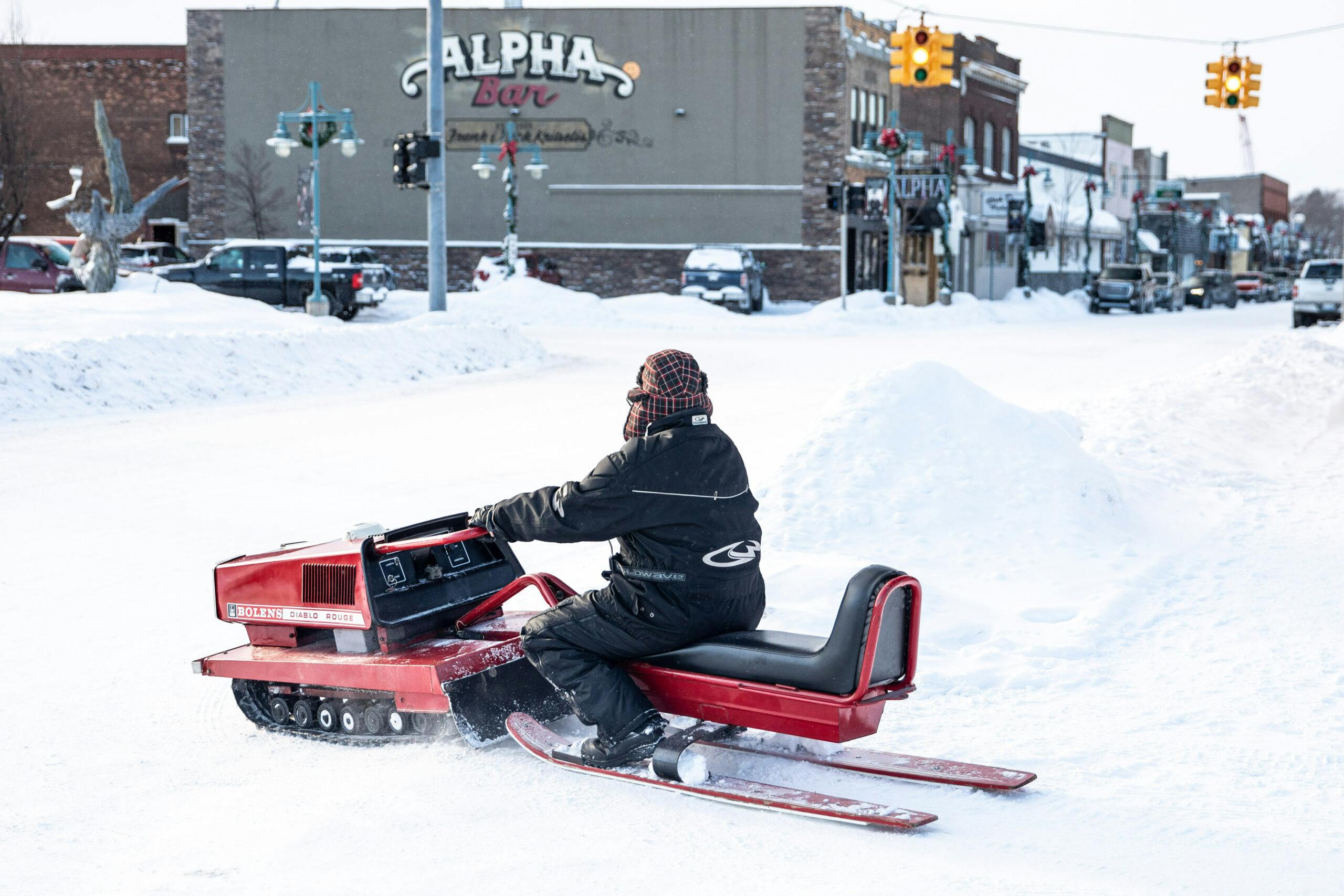
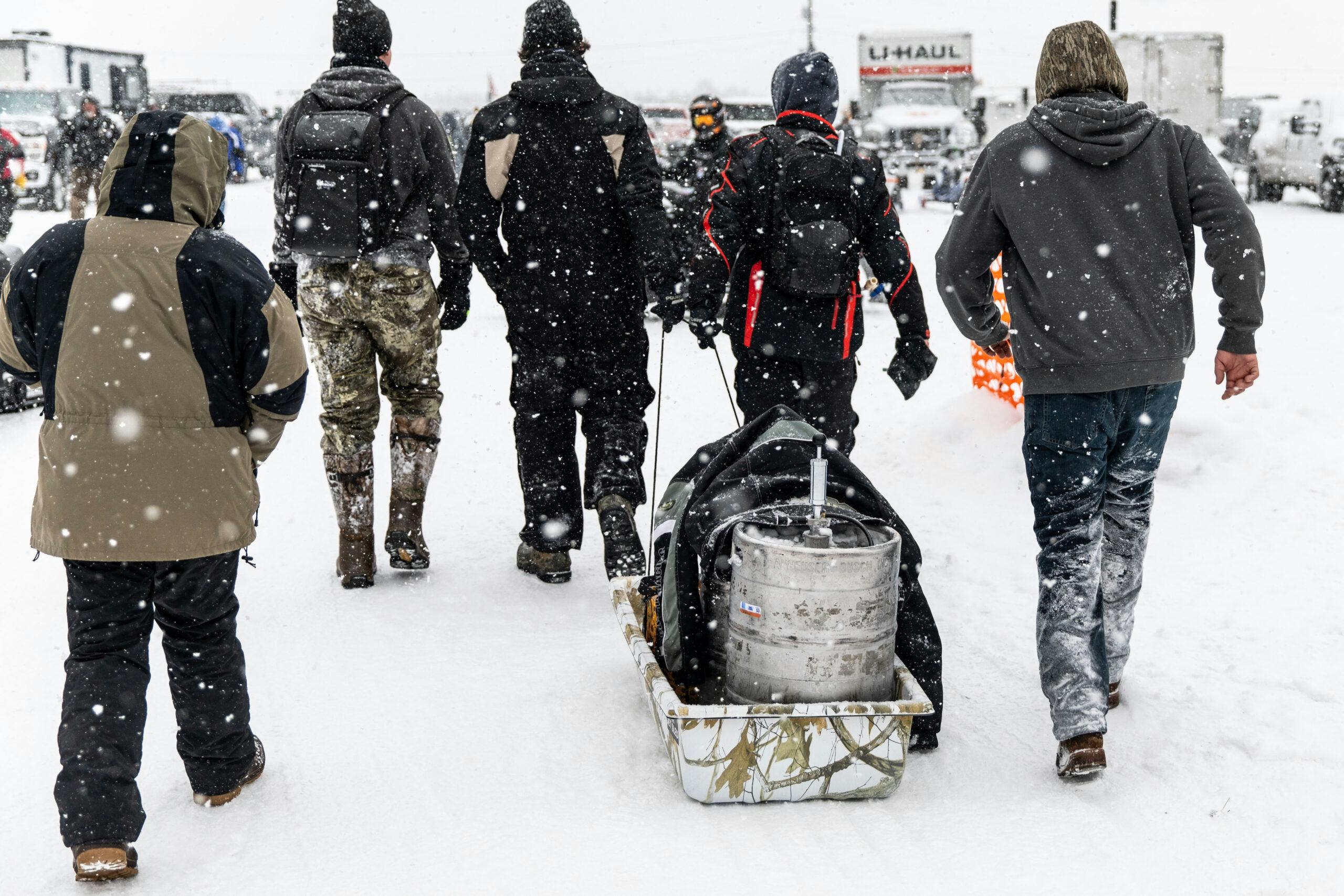

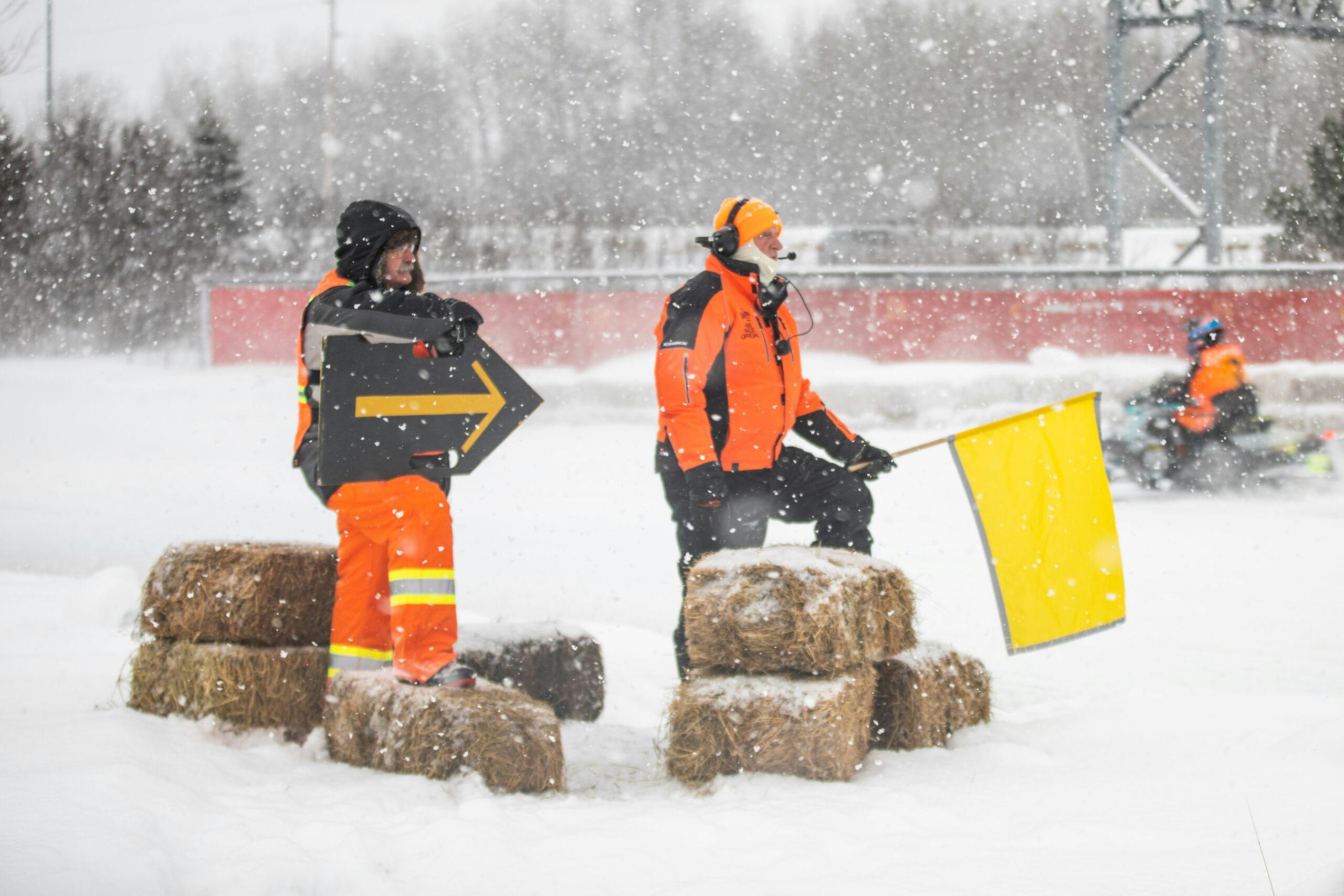

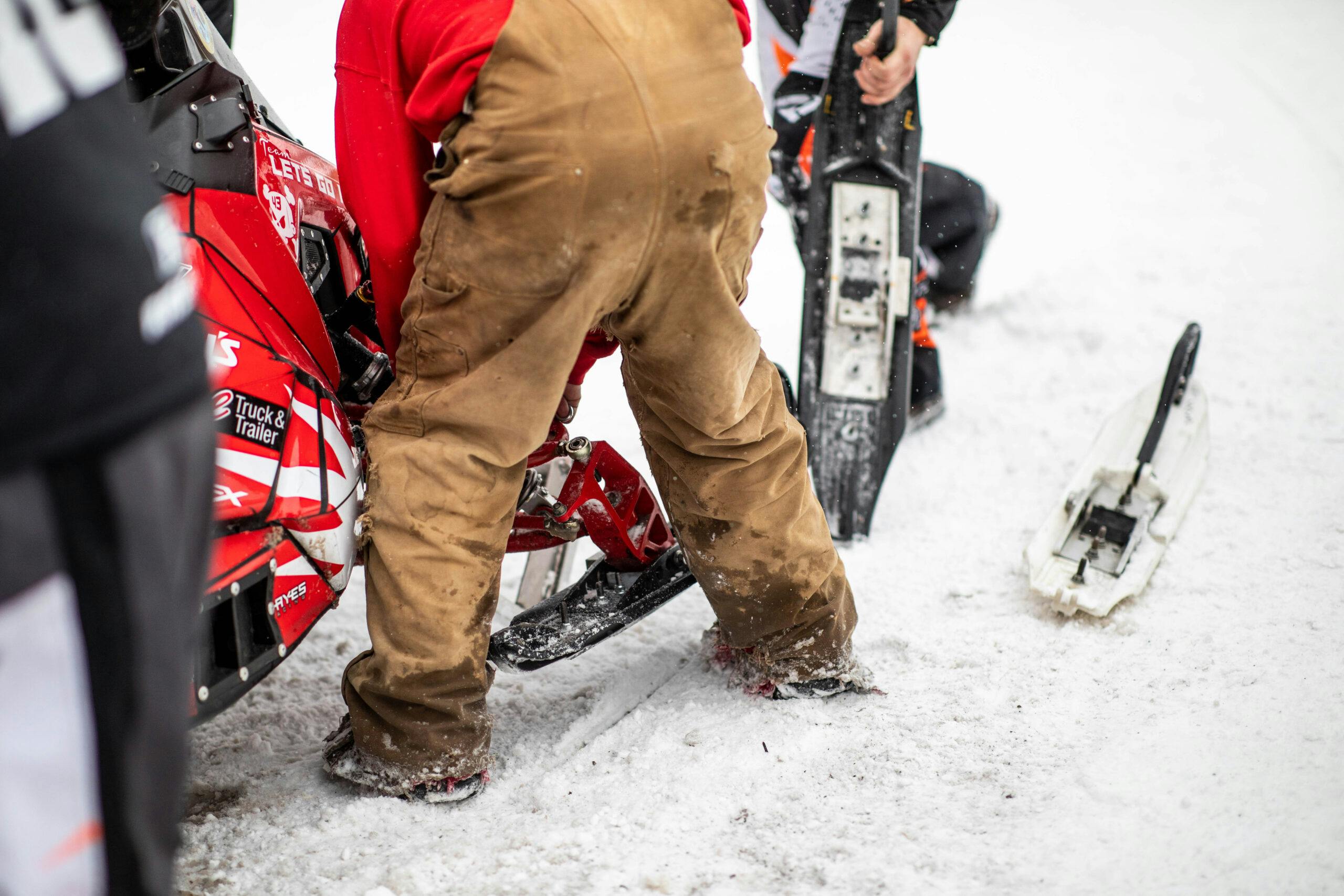

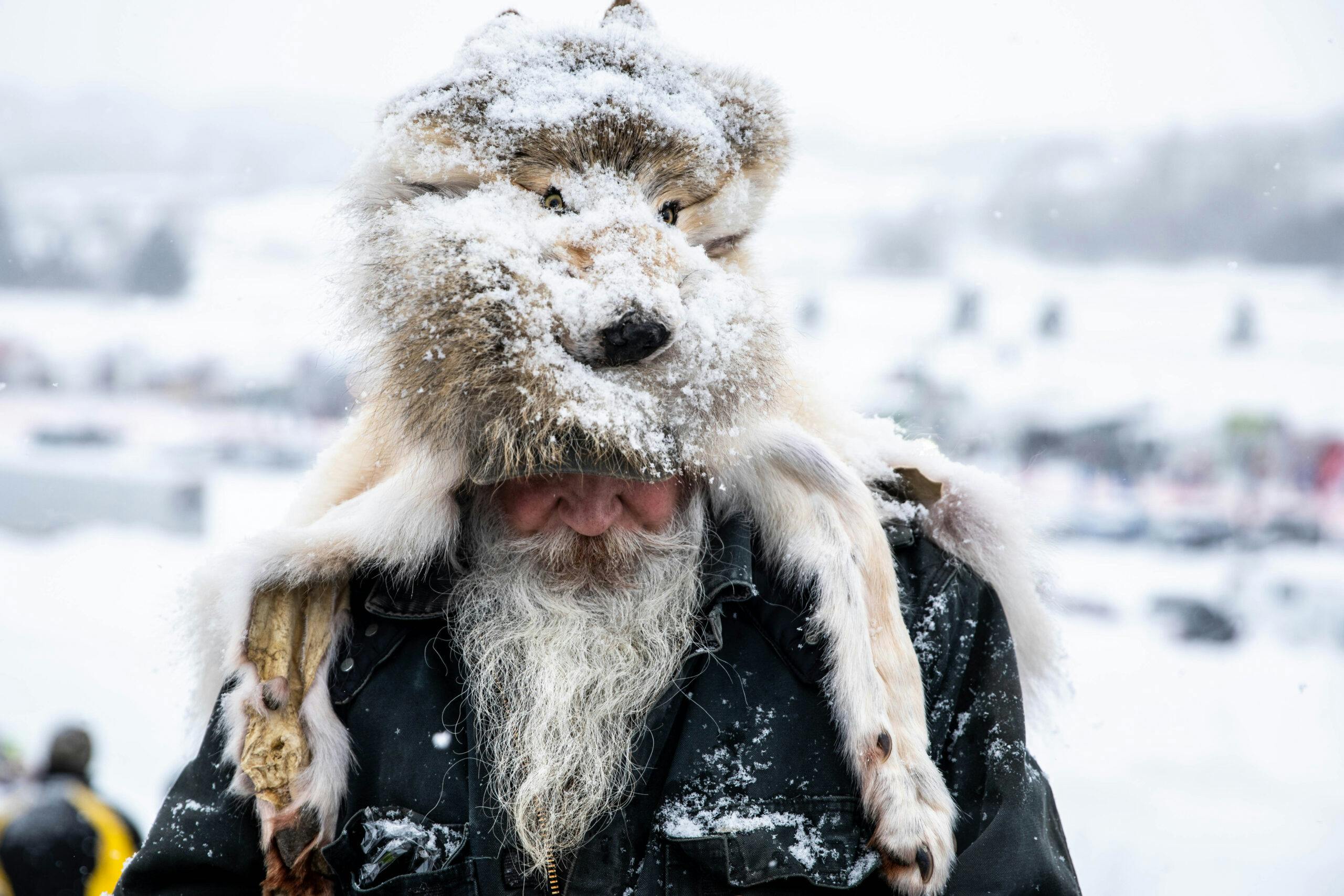
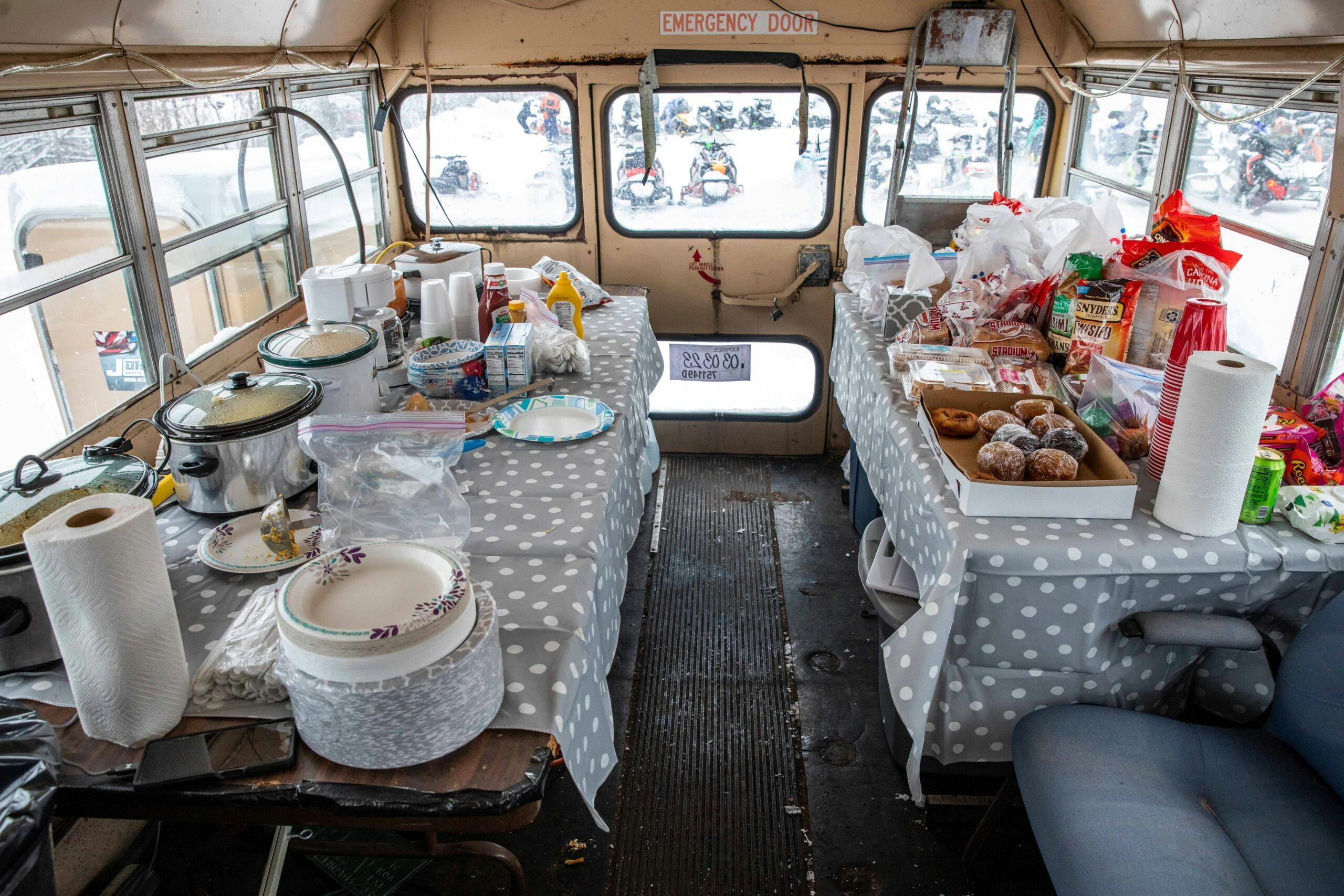
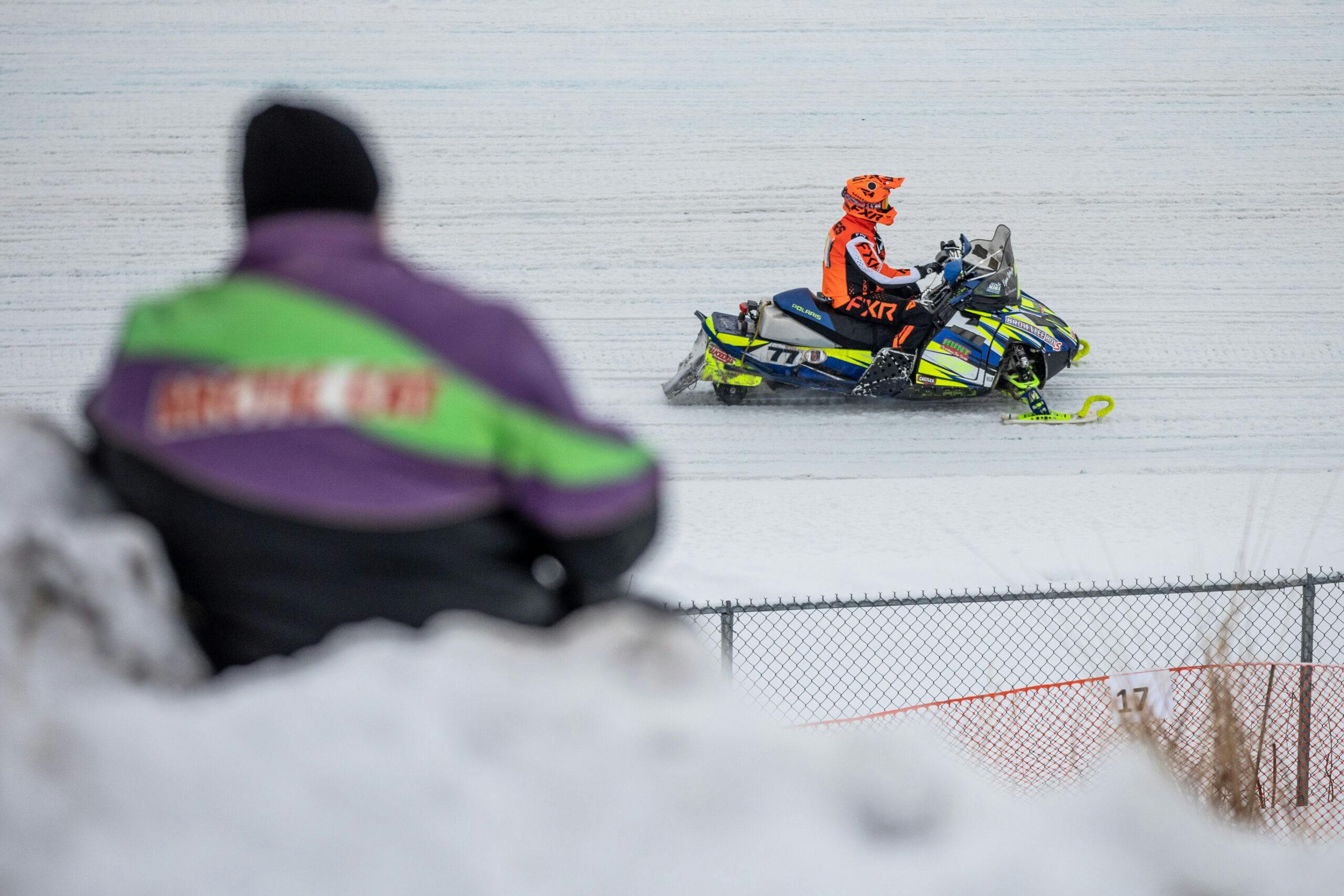
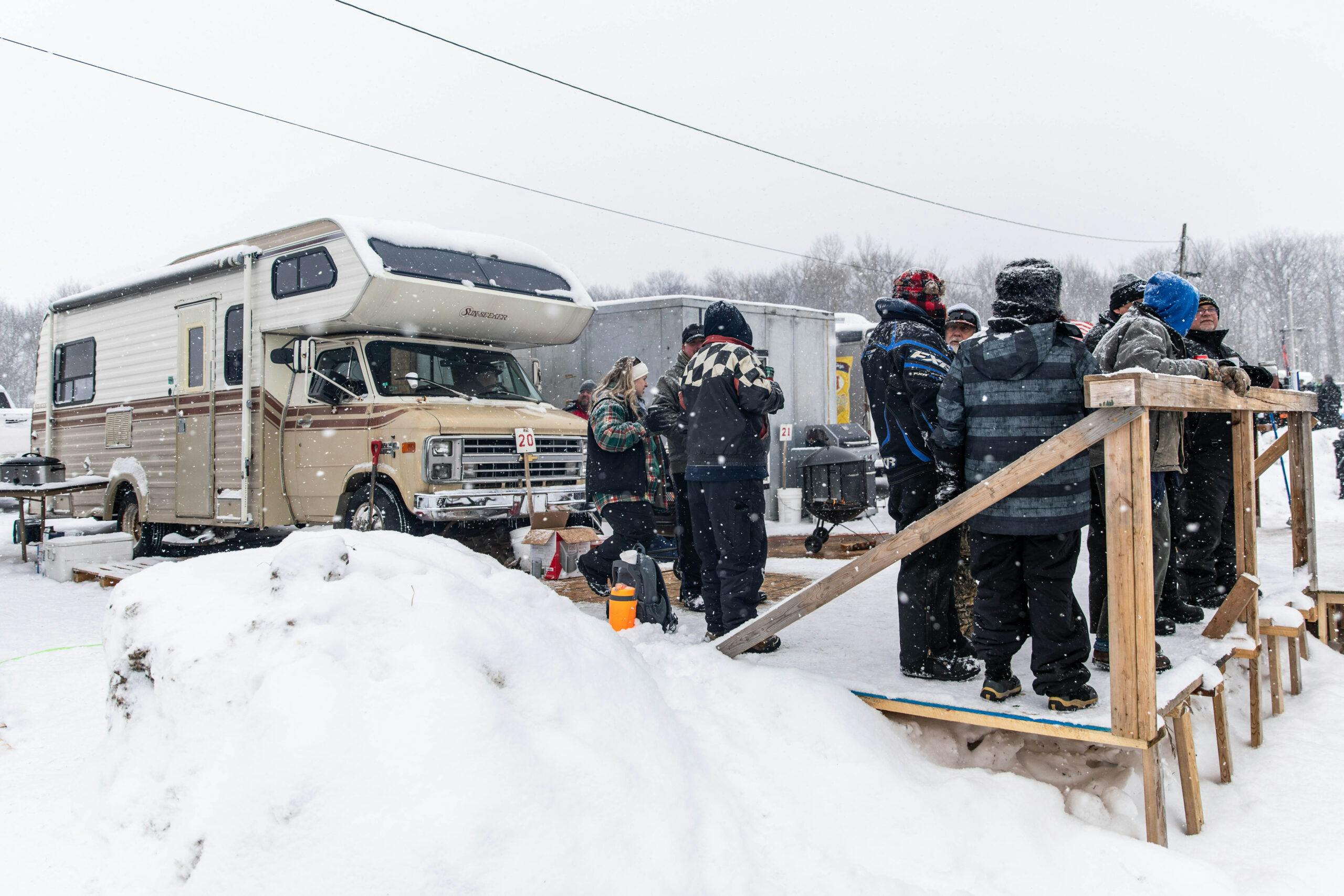






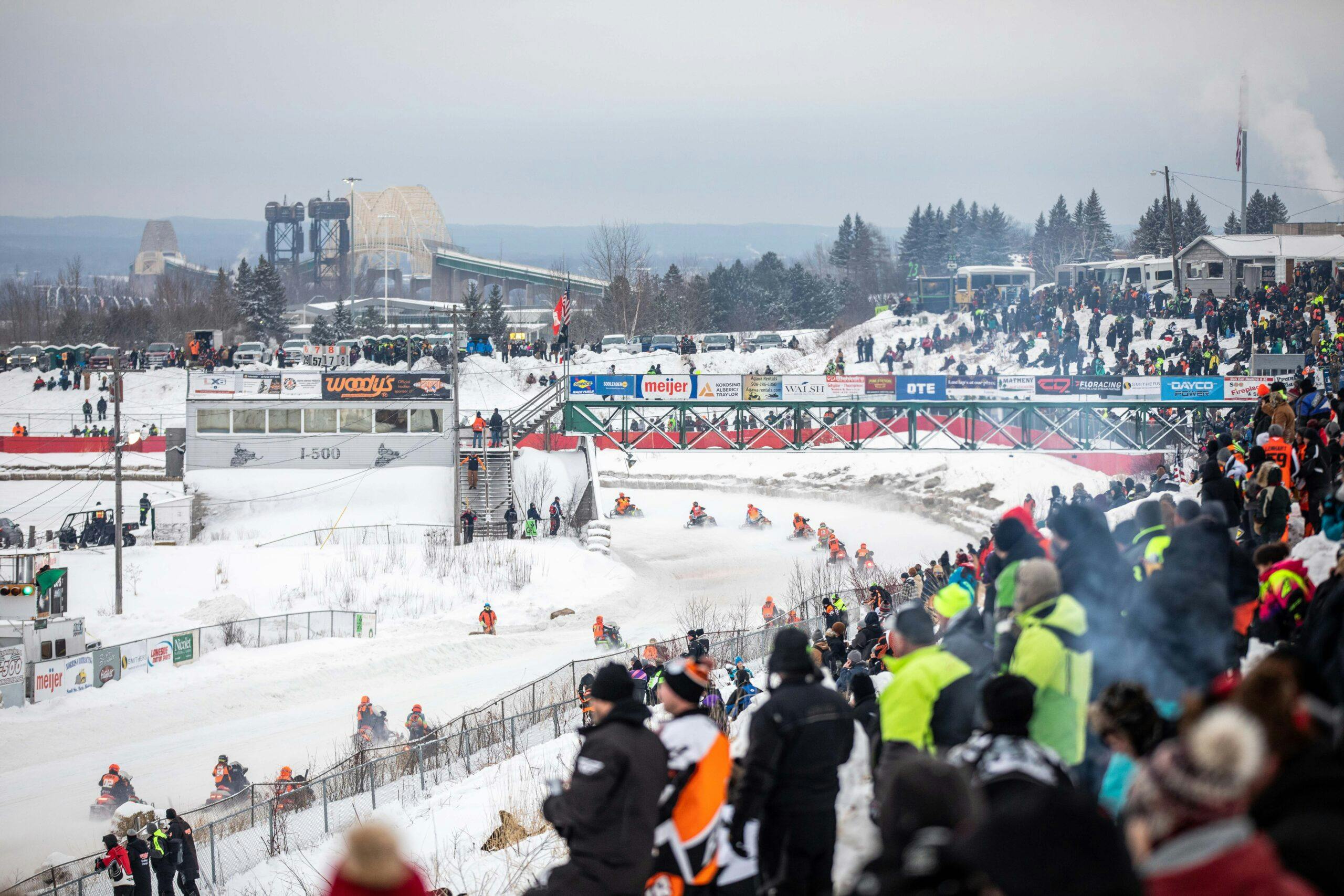














Was a long time aluminum casting supplier to Arctic and Polaris among others. My job went to China early 2000’s. We made Polaris’ first engine components in MN. Now they virtually buy everything offshore mostly China. Pro tip–don’t buy a first year new model–of anything–from either company. You pay to be their test pilot! That is the way it has always been. I do ride Arctics—that I made the parts for. Yamaha makes more of their parts in the US ironically..
I once thought I’d like to be a snowmobiler, until the borrowed one I was riding climbed a power pole stabilizing guywire and landed squarely on top of me. That was in about 1972 or so. I have a buddy who lives in Minnesota and keeps trying to entice me to come out there and ride with him. He’s currently nursing a broken leg suffered on his newest machine. I’ve crashed a lot of things in a lot of ways, and I’m not scared of too many things, but just looking at the pictures in this article made me fall more in love with my easy chair and pellet stove as my main source of winter entertainment. 😁